Conventionalism in the art of Tuong
After all, every art form has conventionality, the only difference is whether the level of conventionality is high or low, strong or weak. Unlike many other arts, the art of Tuong has a very high conventionality, creating great, core values of this art form.
Conventions in the art of Tuong are used through the processing of space and time. Spatial conventions come in many forms. First, using the characters' narratives to carry out spatial conventions. For the art of Tuong, to describe a long journey of thousands of miles from the royal court to the distant border, for example, the actor only needs to walk a few laps around the stage and then use words to tell that he has arrived. Or just through the character's narrative combined with the movements of walking, standing, sitting, dancing, and acting within a few dozen square meters of the stage, the audience can imagine that it is a whole sky of clouds, mountains, rivers, high mountains, deep abysses...
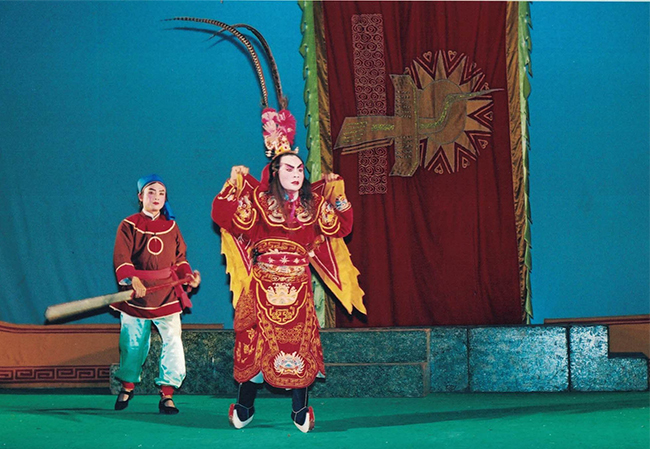 |
The character Zhou Yu in the excerpt The Two Qi Zhou Yu. Photo: NTH |
The second is using movements to represent space. In the art of Tuong, the actors sing "where the words are, where the words are". Therefore, when they use the character's narrative to represent space, they must combine it with dance movements that are appropriate to the lyrics, circumstances, and personalities of the characters. For example, in the play Ho Sanh Dan, Tiet Cuong meets Lan Anh on the way back to the mountain camp, the road is high, the pit is deep and thorny. Tiet Cuong gets off his horse, uses a poison axe to clear the way, and walks with Lan Anh. He helps his wife cross streams only in the actor's imagination and makes symbolic movements, but the audience still sympathizes with the character that the road is difficult, bumpy, and full of streams. Through the actor's expressive acting talent, a vivid performance is created, entering the audience's consciousness because of the ability to generalize life with the symbolic nature of Tuong art. That shows that the high symbolic nature is a very unique feature of Tuong art.
In Tuong, actors often use props to symbolize space, to evoke the audience's imagination about the character's actions. Specifically, with just a horsewhip in hand combined with the appropriate movements of the actor, the audience can feel and imagine the character getting on a horse, riding a horse leisurely, galloping over a mountain pass, across a stream, or expressing the horse's movements of joy, sadness, victory, defeat. The symbolic nature is also clearly shown in movements such as rowing a boat, closing and opening doors... Through a wooden paddle in hand combined with the swaying, floating body movements of the actor, the audience can witness the character rowing a boat, crossing a rapid.
The convention of using props is also clearly shown when there is a banquet, whether the party is big or small, large or small, only one banquet table is used with a wine bottle and wooden cups. Just that much, but through the convention technique in the art of Tuong, the artist will fully express the mood and personality of the character. The convention of space through the use of props has made the art of storytelling on stage extremely vivid, attractive and highly general.
Time conventions also have different forms. Through convention, a Tuong story is a story that takes place over several days, months, or even years, encapsulated in a few lines and songs to symbolize the time of the actors. Not only using songs and lines, the art of Tuong also uses acting movements to symbolize time. In the play Son Hau , there is a scene where Dong Kim Lan helps the Prince to take refuge at night, having to cross dangerous mountains. At that time, Khuong Linh Ta (Dong Kim Lan's close friend who was killed by the enemy) appears as a lamp to guide his friend and the Prince through the hardships. When the rooster crows in the background, Kim Lan is very happy because the sky is bright and the danger is passing. With the actor's acting talent through a series of movements depicting the difficult and arduous scene of running away from the enemy all night in the deserted forest such as fighting the wound, holding the prince, sitting, lifting, and shifting... At the same time, the audience can also thoroughly understand and feel the movement of time from night to morning and clearly see the character's mood before the changing external environment.
The conventionality of the art of Tuong is also used as a measure to simplify the external form and focus on describing the inner, inner feelings of the character. For example, the scene of Truong Phi drinking wine (tuong Co Thanh ) essentially depicts the anger and suffering of a straightforward, hot-tempered person before the event that he mistakenly thought was the surrender of his sworn brother Quan Cong to the enemy.
In short, convention is one of the three typical characteristics of the art of Tuong (convention, stylization, symbolism) that is often used on stage. Conventions of space and time are the inherent "fertile ground" for actors to use their skills and enrich the way they express characters, contributing to making the stage closer to life at a high level of generalization.
NGUYEN THUY HUONG
Source









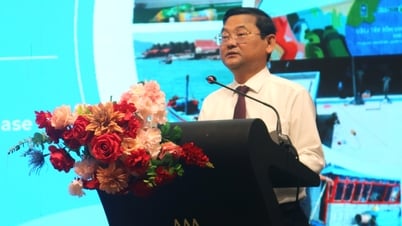

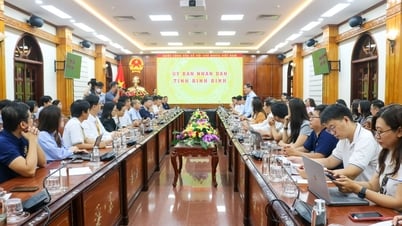






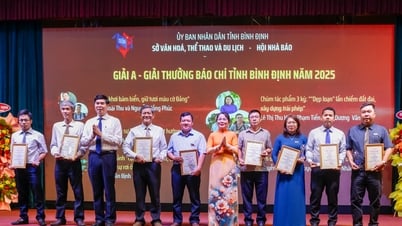
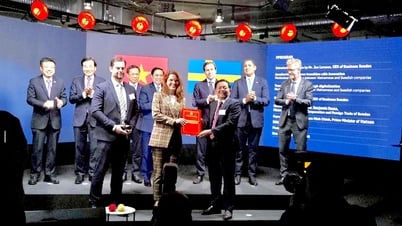

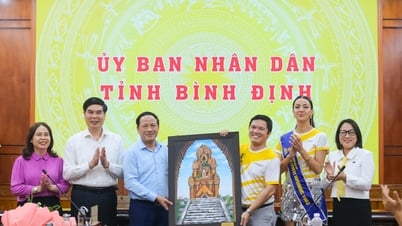
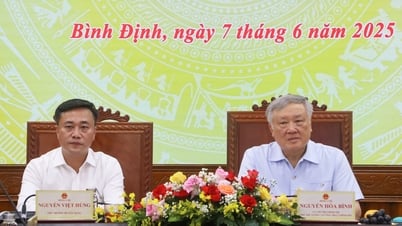
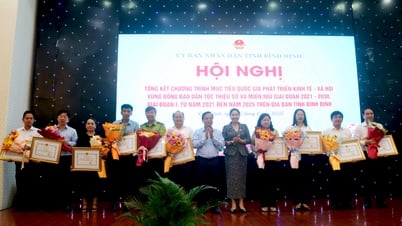









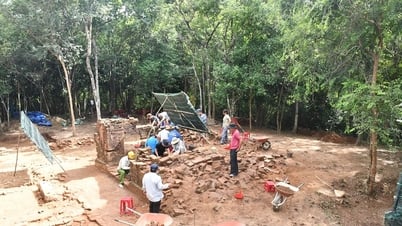










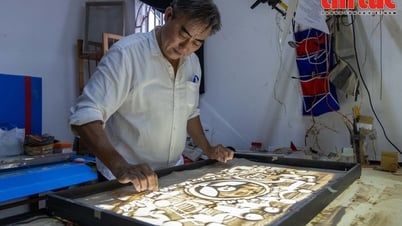

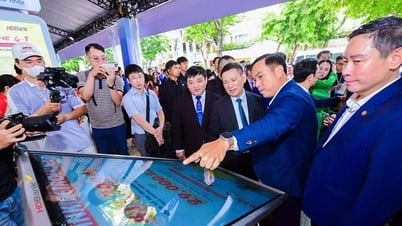


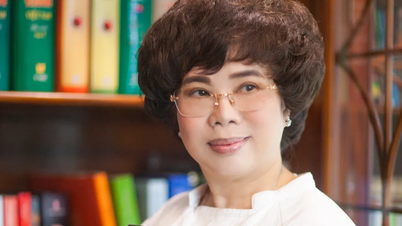




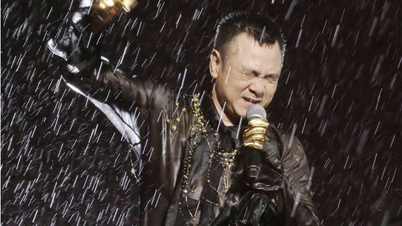







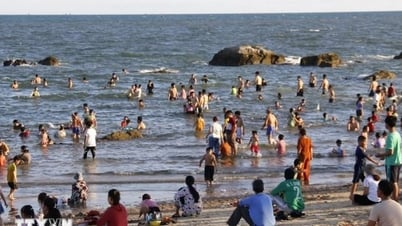



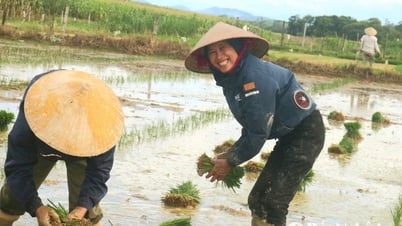







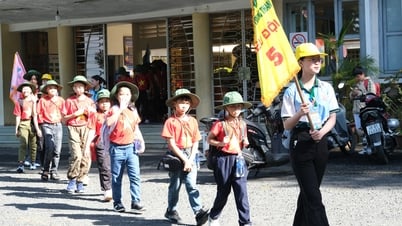












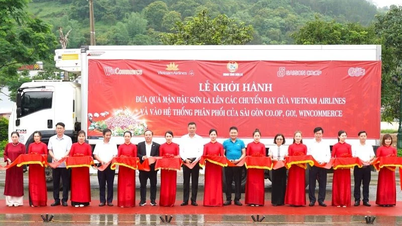


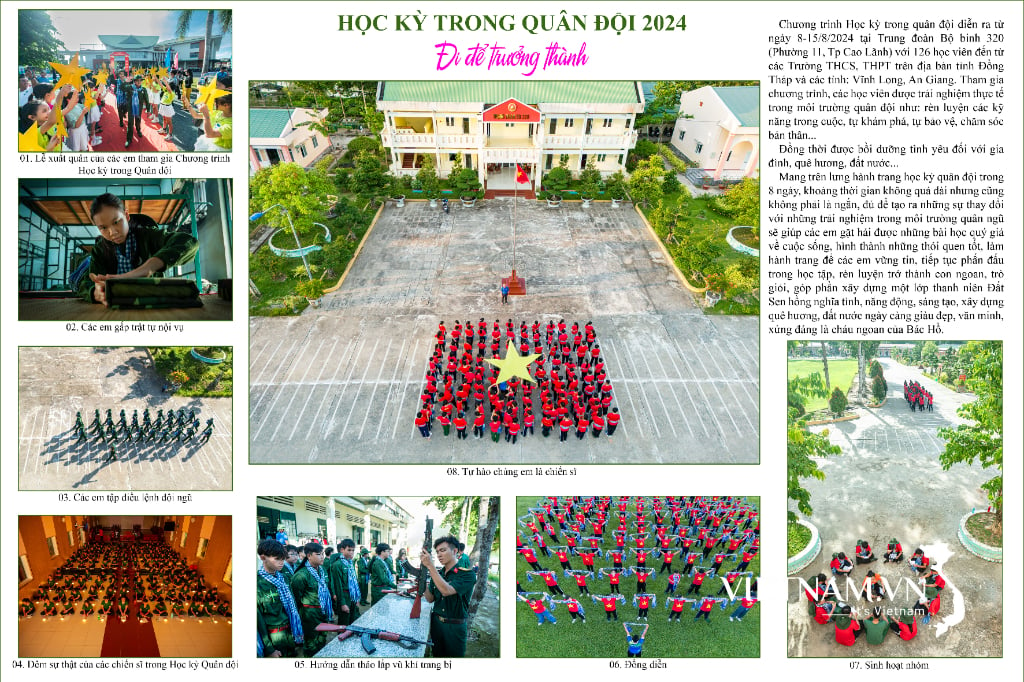

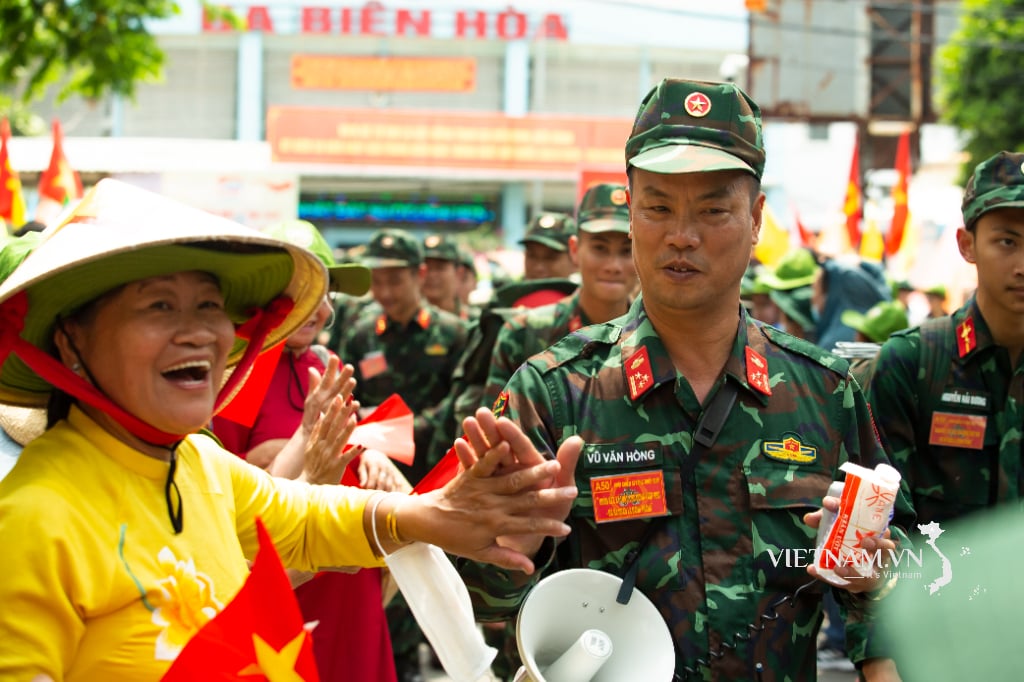
Comment (0)